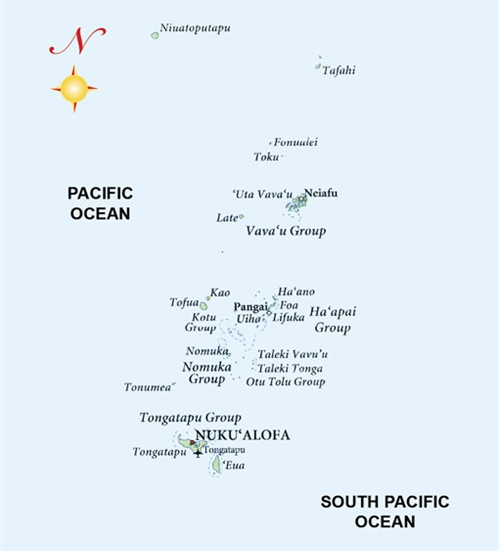Geologists in Tonga are monitoring the Fonualei volcano closely for signs of a major eruption.

They said there was evidence of an ongoing volcanic eruptions at Fonualei since 1791.
They said the eruptions spewed ash and rocks 3km into the air.
Evidence showed the eruptions in the past were not sufficient to cause widespread damages, they said.
While the authority has issued no tsunami or volcanic alert, they said a possible tsunami and ashes from Fonualei could reach Vava’u’s other islands.
They said people should stay vigilant.
In Tongan it said: “Ka ‘oku mahu’inga pe ke mateuteu ‘e malava pe ke a’u mai ‘a e efu mo’unga afi, mo ha peaukula ki he ‘otumotu ‘o Vava’u”.
The warning came after a marine biologist and a team who were researching and mapping the marine life and reefs in the north of Vava’u, took photos of Fonualei last week.
One of the photos showed the water surrounding the island appeared to have changed its colour into brownish yellow.
The authority described the photo as being taken from the northwest of Fonualei and it showed sulphuric gases being emitted from the volcano.
Stone was reported by the authority as saying there was a rotten egg smell in the area, a smell which normally associated with sulphur deposits.
Fonualei volcano
Fonualei is the peak of an active volcano which rises 1000m from the seafloor. It is about 350km from Nuku’alofa and 78km from Vava’u’s capital Neiafu
It has a diameter of two kilometres and a maximum height of 188m.

The coast is surrounded by cliffs, with only two beaches suitable for a landing.
The western, southern, and north-eastern sides have narrow fringing reefs.
Hunga Tonga-Hunga Ha’apai
The Fonualei activities came after the devastating eruption of Hunga Tonga-Hunga Ha’apai 304km away on 15 January.
It triggered a tidal wave which caused devastation in Tonga and killed people as far away as South America. The atmospheric shockwave caused by the eruption was felt as far away as the UK.
It produced Earth’s biggest atmospheric explosion in over a century.
The caldera of Hunga-Tonga Hunga-Ha’apai is now 4km (2.5 miles) wide and drops to a base 850m below sea level.
Before the catastrophic eruption, the base was at a depth of about 150m.
It drives home the scale of the volume of material ejected by the volcano – at least 6.5 cubic km of ash and rock.
“If all of Tongatapu, the main island of Tonga, was scraped to sea level, it would fill only two-thirds of the caldera,” Prof Shane Cronin from the University of Auckland, New Zealand, said.







